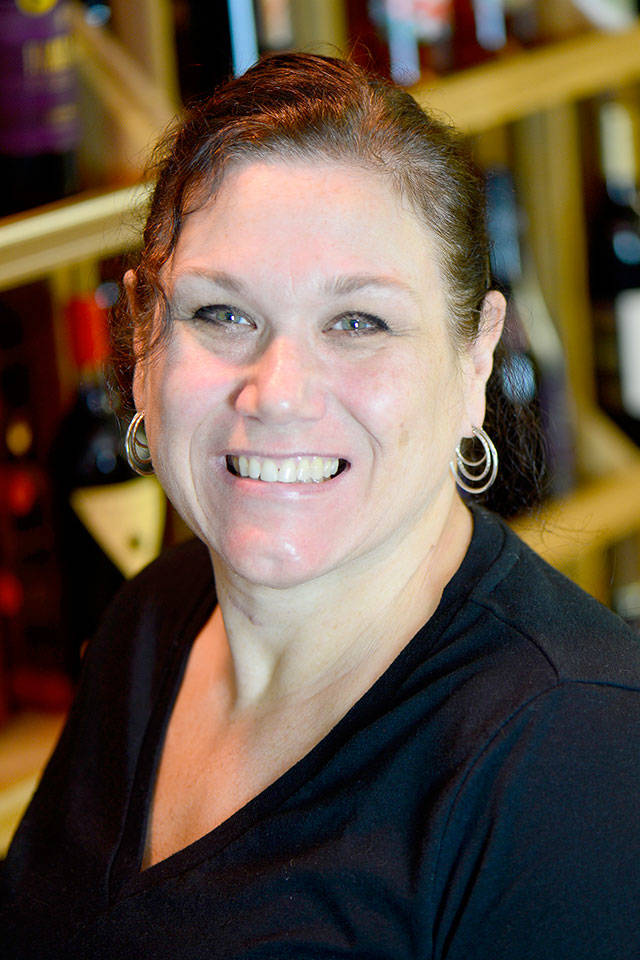There are a couple of different ways one can look at the phrase “when the wine is right.” I guess the obvious one is when is it the right time to drink wine? Never before noon!
I was taking a look at my wine stock and thinking about how some of the wine I have holds a special meaning to me. Then I started to wonder, when would be the right time to drink the wine. Is there really any right time to drink wine?
Wine is meant to be drunk, enjoyed and savored, not stored and left on a shelf. The beauty of wine is that you can drink it at any time and it makes every moment special, no matter what the circumstance may be. Wine that has been given as a gift should be shared with the giver, so that the moment can be shared and appreciated together.
Each bottle has a distinctive flavor all its own, but you have only a set period during which you can enjoy that flavor before it is lost forever.
I am going to go out on a limb and say that shelf life, depending on a few factors like how it is prepared, the vintage and so on, can be up to seven years for a red and two to three years for a white. I based that on more typical U.S. wines, shelving for old world wines or better quality wine can be longer — even up to decades. That is presuming that it is an unopened bottle of wine.
If it’s opened, wine may be shelved for up to five days, again it’s variable.
Please remember that you may find a few different takes on wine shelf life, so the best bet is to drink it within a few days of purchase, if not the same day. I have to mention that it is always wise to check the vintage on a bottle before purchasing.
While the first outlook is usually the first thing that comes to our mind, let’s take a look into when is the right time to bottle the wine.
There are many variables and steps, as well as a lot of patience that go into putting wine into the bottle. The process literally starts with selecting the appropriate bottle for the wine, cleaning and sterilizing, and capping or corking.
A maker can usually make a good call for when to start bottling when they notice that the wine has a nice clarity to it and that it is mostly free from any sediment, although it may have a bit of natural sediment.
That clarifying step often requires careful TLC by regulating heat, adding fining agents or applying filtration — in some instances using multiple processes. Proper aging is very important before bottling and the fermentation is complete.
When the desired ferment, sweet or dry, is complete the winemaker must stabilize the wine to prevent over fermentation, causing unwanted explosions within the cellar.
I am a wine judge for Puget Sound wine competitions, and these are the things that I will be looking for in wine; clarity, aroma, taste and texture, after-taste, and overall complexity of the wine. I will consider all the steps mentioned above and how they come through in the glass.
This process is only a short look into what a winemaker goes through to produce a beautiful bottle of wine that we can enjoy with each other. Which takes me back to our first outlook.
Don’t save wine for whatever the reason may be, drink the wine because it takes a lot of love, patience and dedication to prepare the wine that we love so much.
Cheers!
Kimberlea Miller is the co-owner of Wildflower Wine Shop in North Bend.


